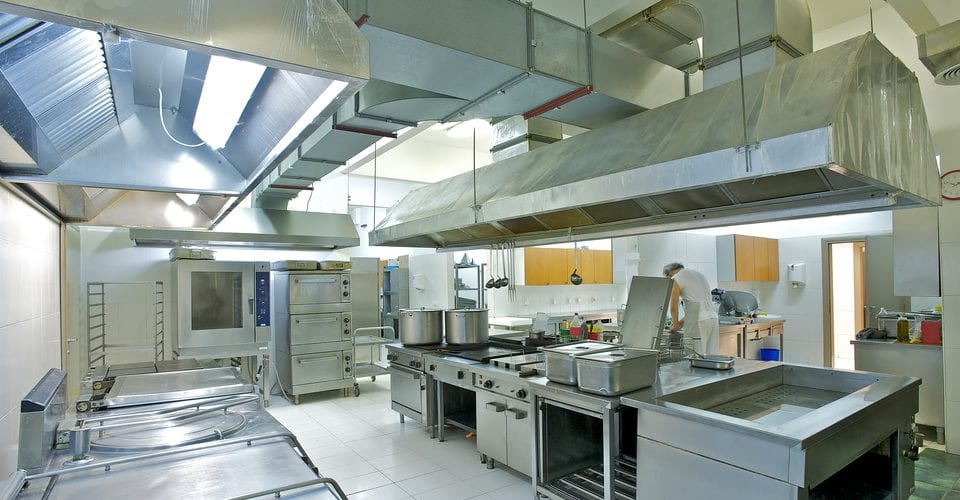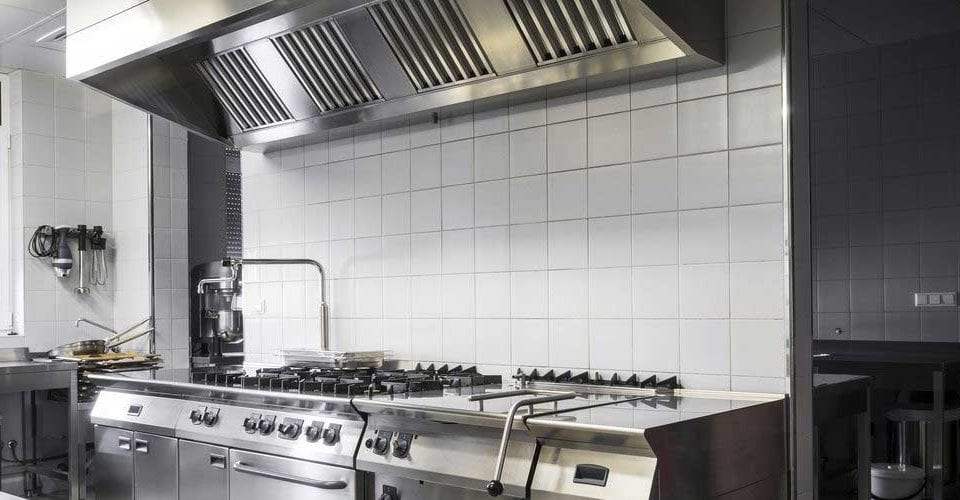
Save an Action Hero, Clean Your Air Ducts
November 26, 2012
Clean Your Air Ducts and 3 Other Ways to Winterize Your Business
December 1, 2012This great, vintage propaganda is a nice reminder to use what’s at hand, including leftovers. Here are five pointers for cleaning up after, whether you’ve made something from scratch or not.
5. Use a Schedule
The old saying goes, “many hands make light work” – this is true in multiple senses. Hands also get tired, so rather than trying to tackle everything at once, set a schedule to do some difficult, deep-cleaning chores on a daily, weekly, and/or monthly basis. Some people also prefer certain cleaning chores to others, so be sure to ask your staff if there’s something they’d rather do, and something they’d rather not, and see if the team can negotiate an agreement. You might be surprised at how willing someone is to tackle a job you’d hate to have to do yourself.
4. Partner Up
When you set the schedule, assign larger jobs to working teams, who in turn can negotiate the handling of the chores among themselves. This way if someone is sick or unavailable, their partner can tackle the job, and vice versa. This allows people to take ownership of their responsibilities and to work together.
3. Don’t Forget the Ducts
Air ducts are an important part of almost all modern buildings. Clean air ducts are essential in maintaining a pleasant environment, especially in a restaurant and kitchen. You don’t want dust in the sauce. Unfortunately this isn’t something you can handle on your own, but there are companies like Western Commercial offering air duct cleaning in Las Vegas.
2. Train the Staff (and Participate)
Don’t assume that your staff knows even the basics of cleaning. Proper mop technique, for example, isn’t something a person is born knowing, and it’s easy just to push dirt and grime around. Consider making these trainings fun. You could throw a “mega-clean” party, gather everyone together, and focus on one or two particular cleaning techniques… with pizza. Make sure the staff knows they’re valued, and that the cleanliness of the kitchen is a top priority. Also, don’t be afraid to get in there and do some dirty work yourself. People respect a leader who’s not above getting down and doing the hard work. After all, you’re asking them to do the same on a regular basis. For your employees to see you mopping just once, and not griping about it, will send a powerful message.
1. Have the Right Tools
Make sure you have the right tools for the jobs: gloves, soap, bleach, brooms, mops, etc. all have a way of being used up and getting worn out. Few things are as disgusting as an old, moldy mop, and an employee is going to take more pride in this necessary work if they have the right equipment that’s in good shape.
No matter what kind of kitchen you run, cleanliness should be a top priorities. These simple tips should help everything in your kitchen run smoothly.





